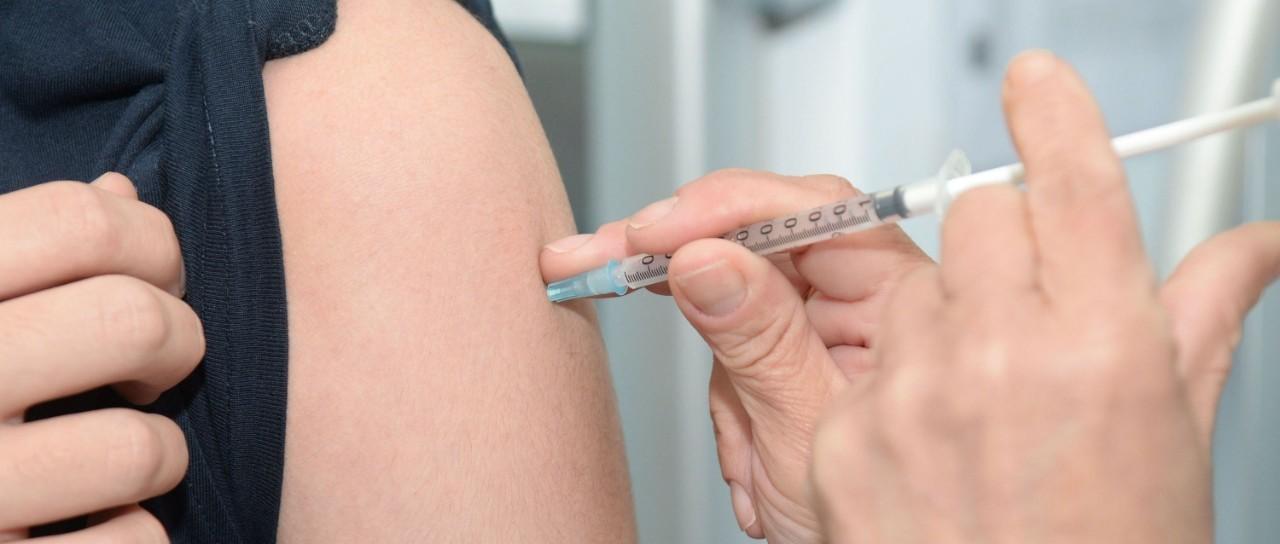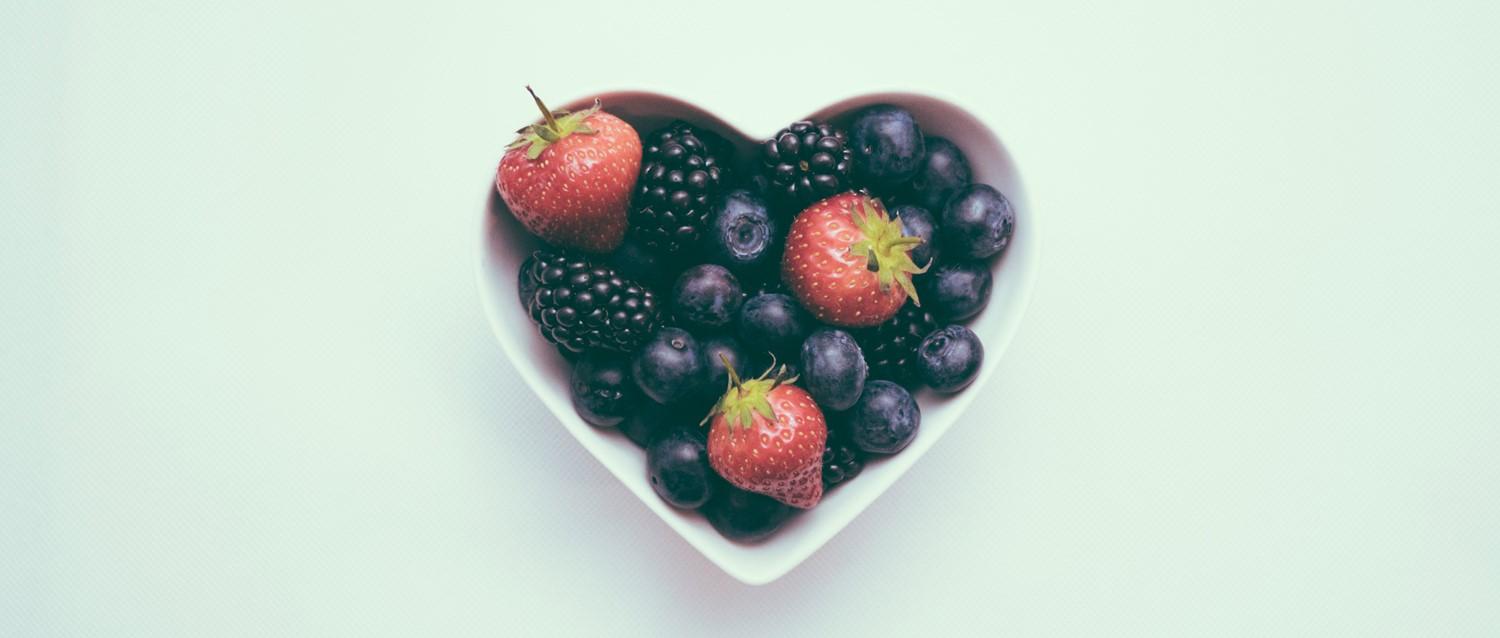
How to shop for a low cholesterol diet
Peer reviewed by Dr Krishna Vakharia, MRCGPLast updated by Amberley DavisLast updated 19 Feb 2024
Meets Patient’s editorial guidelines
- DownloadDownload
- Share
- Language
- Discussion
Doing the weekly shop when you're not sure what to put in your trolley can be tricky - especially when branding and confusing food labels can make it hard to tell what's healthy and what's not.
If you have high cholesterol, this can be a particular struggle. But you can turn detective and hunt out the healthy options with our guide to food shopping for a low cholesterol diet.
In this article:
Continue reading below
A diet to lower cholesterol
Keeping your cholesterol levels balanced is all about healthy eating, so take a whole diet approach rather than concentrating on single foods or nutrients. This means shopping for meals that are:
Low in saturated fat.
Based on starchy wholegrains.
Include plenty of fruit and vegetables - three portions of veg and two of fruit a day.
Focus on heart-healthy foods - such as nuts, seeds, oily fish, oats, pulses, vegetable proteins (such as soya, Quorn® and pulses), lean meat, vegetable oils and spreads.
Learning to speak food labels
When it comes to shopping for your low cholesterol diet, your first step is figuring out the traffic lights colour code on the front of the packaging. You can see at a glance if a portion of food is high (red), medium (yellow) or low (green) in fat, saturates, sugar and salt. As a general rule, choose food with more greens and yellows, and save the reds for occasional treats.
This is very important if there are any reds for saturated fat, as eating too much saturated fat can increase cholesterol levels, especially LDL cholesterol - sometimes called the bad cholesterol. Women should not eat more than 20 g of saturated fat a day, and men 30 g1.
Most traffic light labels will refer to the nutrients in that particular portion of food, rather than per 100 grams, which can make daily diet calculations tricky. Be aware that some packets contain more than one portion of food too, so you could end up eating double the amount of fat, sugar, or salt if you eat the whole pack.
It may be more helpful to look at the back of the packaging, where there will be more in-depth nutritional information. This is normally displayed as a grid with details of fat content:
Saturated fat.
Carbohydrates.
Sugars.
Protein.
Salt or sodium.
Calories - often shown as energy in kilojoules (kJ) and kilocalories (kcal).
All nutrition information is shown per 100 grams, but sometimes per portion too.
Continue reading below
Is a low cholesterol diet fat free?
We all need some fat as part of a healthy diet and to help our bodies function properly. But part of a low cholesterol diet is avoiding food that is high in saturated fat.
Food is considered to be high in saturated fat if there are more than 5 g per 100 g, and low in saturated fat if there is 1.5 g or less per 100 g2.
Some breakfast cereals and spreads can be high in sugar or fat per 100 g, but you don't have to cut these out of your diet completely. Dietitian Linda Main says: "If you are eating something in small amounts - like a thin spread on wholemeal toast - this adds less total fat or sugar to your daily diet than a ready meal or a dessert that has medium amounts of fat or sugar, because you eat a bigger portion of those foods."
The British Heart Foundation also recommends replacing saturated fats with healthy monounsaturated and polyunsaturated fats such as olive, rapeseed or sunflower oils and spreads.
As well as being a healthy fat, olive oil is also anti-inflammatory and rich in antioxidants. For this reason, diets that use olive oil as the main source of fat are thought to help protect against several health conditions. They have even been linked with a longer life expectancy.
Are eggs part of a low cholesterol diet?
For most people, the amount of saturated fat they eat has much more of an impact on their cholesterol than eating foods that contain cholesterol such as eggs, liver, kidneys and shellfish like prawns.
According to the British Heart Foundation, unless you've been told otherwise by your doctor or dietician, eggs can be included as part of a healthy diet3. But if you have an inherited form of high cholesterol, such as familial hypercholesterolaemia, you should be more cautious about eating too much of these foods as they can influence cholesterol levels.
It's worth noting that research into eggs and cholesterol is ongoing, and results have been mixed. A 2021 study4 of 521,120 people found eating whole eggs - rather than egg whites - increases the chances of heart disease and death. However, as this was an observational study, they could not conclude that eggs were definitely the cause. For now, experts generally agree that more research is needed, and that following an overall healthy diet that's balanced and varied is the most important factor.
Continue reading below
What if there are no labels?
While food packaging can help monitor your nutrient intake, this becomes more difficult when you're buying loose items such as slices of ham from a deli-counter or cakes from a bakery.
Don't be frightened to ask for help from staff, as many stores will have the nutritional information on individual food items, even if it's not displayed.
You could also try using an app - like MyFitnessPal - that contains nutritional information on thousands of everyday foods, as well packaged products, to help you watch what you eat.
Are low-fat and low-sugar foods a good idea?
These can have a place in your diet if you have high cholesterol because they provide healthier substitutes for foods that we all enjoy. However, many low-fat or reduced-fat products use sugar as an alternative to make them taste good.
There is now good evidence that high-sugar, or refined carbohydrate foods, are just as bad for your heart, even if they don't have the same effect on cholesterol. But you can follow a low-fat and low-sugar diet without having to buy specially produced foods - just cut down the amount of saturated fat and sugar you’re eating.
It’s also a good idea to keep your salt intake down. Salt doesn't affect cholesterol, but is a major cause of raised blood pressure. The NHS recommends we eat no more than 6 g of salt a day, but this is often labelled as sodium on the packaging:
To convert sodium levels into salt, multiply by 2.5 and then divide by 1,000.
For example, 200 mg of sodium x 2.5 = 500 mg of salt. 500 ÷ 1,000 = 0.5 g of salt.
Do cholesterol-lowering foods work?
Some foods are marketed as being cholesterol-lowering because they have plant sterols or stanols added to them. These natural substances have a chemical structure similar to that of human cholesterol, which has the effect of lowering it.
According to Main, "foods that are fortified with plant sterols or plant stanols - like margarines, spreads, soft cheeses and yoghurts - have been thoroughly researched and shown to work if taken daily, in the right quantities and as part of a meal."
There are also lots of plant-based foods that naturally contain plant sterols and stanols, including vegetables, fruit, vegetable oils, nuts, seeds, legumes, and grain products.
The dietitian adds: "Plant sterols and stanols have been shown to lower cholesterol by 7.5 - 12%, depending on how much you have5. The ideal amount is between 1.5 - 3 g per day, as there's limited benefit to having more." However, while they may lower your cholesterol slightly, there is no evidence yet that they will reduce your chance of a heart attack or stroke.
Get help with an app
If you'd like a little support with your low cholesterol diet, there are some great apps available that tell you how much saturated fat, sugar, and salt are in packaged foods. Just scan the barcode with your phone when shopping. Check out the NHS Food Scanner app for Apple or Android, or the FoodSwitch UK app. Both are free for iOS and Android.
Further reading
Patient picks for High cholesterol

Heart health and blood vessels
Twice-yearly cholesterol jab could replace daily statins
A new medication, injected twice a year, could be used to lower 'bad cholesterol' in the blood, according to new findings presented at the European Society of Cardiology conference in Paris.
by Ashwin Bhandari

Heart health and blood vessels
Review: Home cholesterol testing kits
Using a home test can be a convenient way to check your cholesterol levels. But before you hand over your cash, there are a few factors to consider.
by Danny Chadburn
Continue reading below
Article history
The information on this page is peer reviewed by qualified clinicians.
Next review due: 19 Feb 2027
19 Feb 2024 | Latest version
25 Aug 2017 | Originally published
Authored by:
Amberley Davis

Ask, share, connect.
Browse discussions, ask questions, and share experiences across hundreds of health topics.

Feeling unwell?
Assess your symptoms online for free
Sign up to the Patient newsletter
Your weekly dose of clear, trustworthy health advice - written to help you feel informed, confident and in control.
By subscribing you accept our Privacy Policy. You can unsubscribe at any time. We never sell your data.